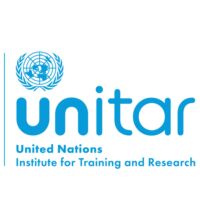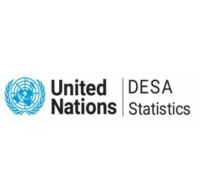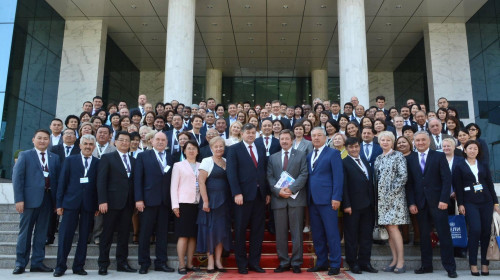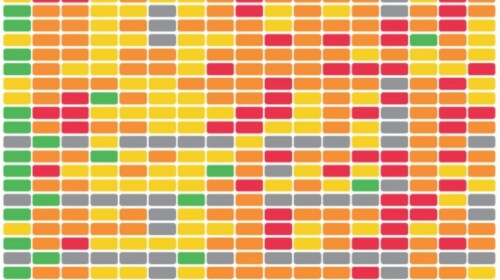This e-learning course has been developed by UNITAR and UN Statistics Division to strengthen statistical capacities of governmental officials drawing primarily on the outcomes of the consultations designed to inform the forthcoming edition of the Handbook of Statistical Organization. The course has benefitted from the expert contributions and review by Mr. Gabriel Gamez, Inter-Regional Advisor, UN Statistics Division.
It provides a detailed overview of principles of official statistics, scrutinizes institutional arrangements of data ecosystems and data value chain needed to ensure better-governed ecosystems for monitoring the SDGs. Hands-on exercises using the StaTact tool will help participants immediately apply the acquired knowledge with timely feedback of the facilitator. It is hoped that a more advanced course will be developed in the future, more specifically, for the management of National Statistical Offices based on the finalized latest edition of the Handbook [1].
The course consists of 3 modules:
- Understanding UN Fundamental Principles of Official Statistics;
- Effective data governance systems for monitoring SDGs;
- Managing data-related partnerships, capabilities, resources and processes in the context of SDGs.
Each module includes:
- an interactive lesson,
- a manual in a pdf format,
- a glossary and abbreviations,
- built-in formative assessments,
- a summative assessment (multiple-choice test) at the end of the Module.
The course is delivered both as a standalone course and as part of the StaTact workshop preparations.
[1] This will be an extended version with a more technical focus. This advanced course will aim to attain the same primary objective as the Handbook “guide chief statisticians and senior managers of statistical organizations in developing and maintaining statistical capacity that is fit for purpose”.
Target Audience
Decision-makers, data producers from within and outside the National Statistical Offices.
Learning Objectives
Following the completion of the course, participants will be able to:
- Identify official statistics from other data produced and describe UN Fundamental Principles of Official Statistics and their implementation through legislative frameworks;
- Describe various quality dimensions of official statistcs from a user perspective as well as organizational set-ups and coordination within and outside of National Statistical Systems;
- Distinguish data types and sources and apply internationally practiced models related to data production and statistical organization.









